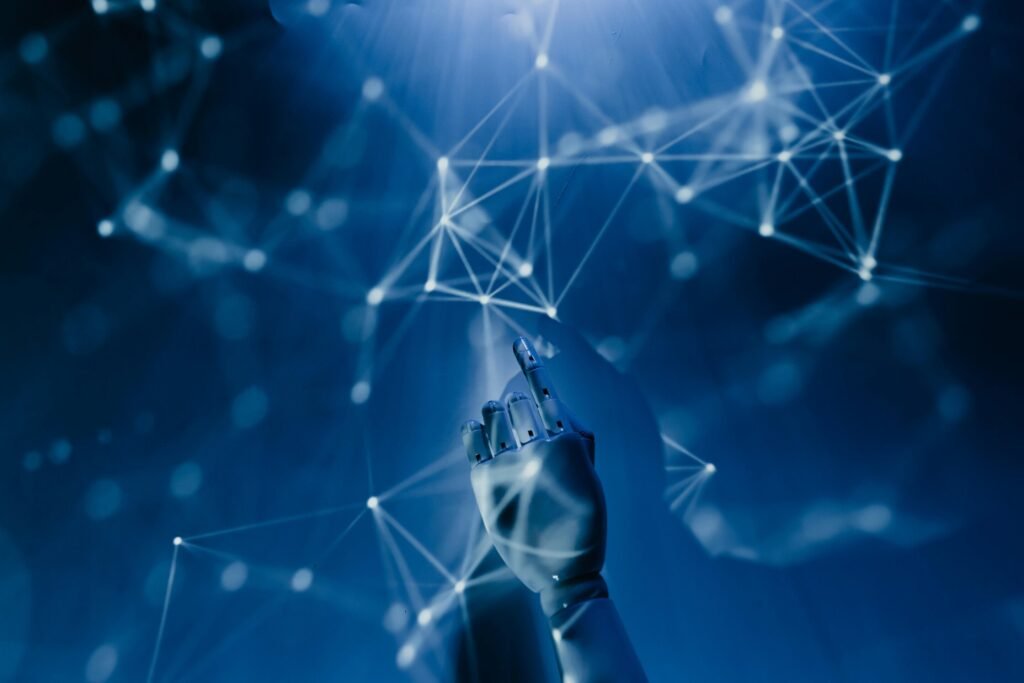Artificial intelligence (AI) has revolutionized many industries, including science and research. However, a recent editorial published in the American Journal of Hematology raises concerns about the potential misuse of generative AI to create fraudulent scientific images. The authors, Enrico M. Bucci and Angelo Parini, warn about the growing trend of using AI to produce fake images that closely resemble real research data.
These synthetic images are created either from scratch or by altering existing visual materials to enhance their realism. Unlike traditional image editing, these AI-generated images may not show any obvious signs of manipulation, making them difficult to detect. This poses a significant threat to the integrity of scientific research, as these fake images can be used to support false claims or exaggerate research findings.
The authors explain that AI tools can now generate fake images with a high level of accuracy, making them indistinguishable from real scientific data. These tools are becoming increasingly accessible to the public, allowing anyone to create convincing fake images without any scientific expertise. This poses a challenge for peer reviewers and journal editors who must now be vigilant in identifying synthetic images in submitted research papers.
To address this issue, the scientific community needs to update its protocols for data documentation, transparency, and accountability. Researchers must be aware of the potential for AI-generated fake images and take steps to verify the authenticity of visual data. By adapting to this new reality, the scientific community can safeguard the integrity of research and maintain public trust in scientific findings.
It is essential for researchers, journal editors, and peer reviewers to stay informed about the threat of AI-generated fake images and implement robust measures to prevent their proliferation in scientific literature. By working together to address this issue, we can ensure the credibility and reliability of scientific research in the era of artificial intelligence.


